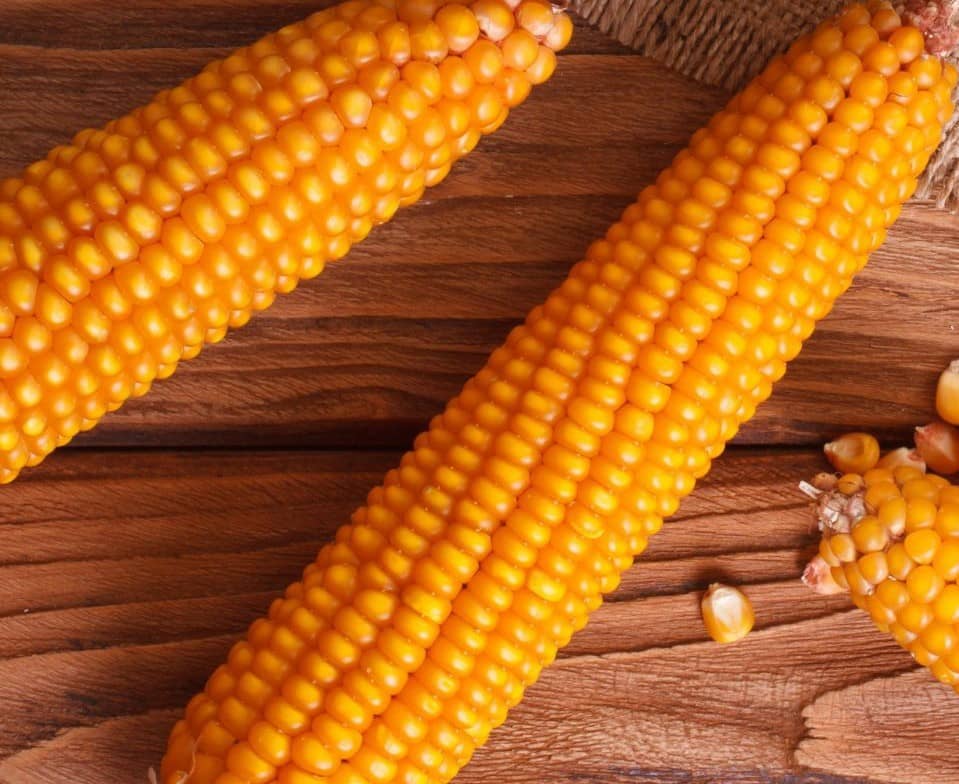Porto Alegre, June 27, 2023 – The climate is now entering its definitive phase for the 2023 US crop of corn. There is no more room for climate failures, as crops are entering their critical stage, particularly corn. The picture is surprising given the flawed and disoriented climate models in relation to what is really happening. This past weekend, for example, the models showed rainfall of up to 90 mm in Illinois, but the reality showed a situation far from that projection. On the other hand, the rains hit much of the corn belt, and the discussion will be about the level of potential yield in Illinois, the second-largest producer of corn and soybeans in the United States.
Coincidences aside, the fact is that in yet another early planting of the US crop there is a regional situation of drought. In 2012, the situation pointed to a reduction in rainfall from June 20, with a very hot and dry summer, resulting in the greatest crop failure in the history of the United States. The drought hit the entire Corn Belt, and the effects on production were widespread. In 2023, the drought began thirty days ago, in the second half of May, and reached the Great Lakes, a top corn production region in the US Midwest.
Now in June, the situation has stabilized in states such as Indiana, Ohio, Wisconsin, and Minnesota. These crops must close June in a much better situation than at the beginning of the month. However, Illinois is a state confronted by drought at this stage of crop development. Some precocious crops begin pollination and silking at the end of June and will need soil moisture recovery to maintain a good yield projection.
The biggest problem with this US crop and the market is the unreliability of short-term climate projections. Mathematical models show favorable conditions for the rains, but the time passes, and the rains do not occur in the expected proportion. In several models, the climate picture pointed to a more limited May in terms of rainfall, but a June within normal limits. The flaw in the models may have led USDA to initially project a record yield for this year, but now it must adjust it downward in the July supply and demand report. In 2022, the drought hit the west side of the Midwest but it did not harm the crops of the two main producers, Iowa and Illinois.
This year, the drought affects the second-largest national producer, responsible for almost 60 mln tons of production, out of a total estimated by USDA of 388 mln tons for this year. As the rains greatly improved the situation in neighboring states, the point of attention and discussion is concentrated on Illinois, not that its neighboring states are safe from an even greater production problem. In fact, July will be the key month for all corn crops in the country, during pollination and silking.
If we consider a cut in the Illinois crop of around 10 mln tons, approximately 15% of the initial projection, in addition to parallel situations in neighboring states, the US production could fall by nearly 15 mln tons, considering what has been consolidated until now. This assessment is still quite premature, given that crops have not entered the critical production phase yet. If USDA, in its supply and demand update, cuts potential yield from the projected record of 181.5 to 177 bushels/acre, the US production will be reduced from 388 to 373 mln tons. Still a great crop.
In this adjustment, we must also take into account the June 30 report, which will effectively update the acreage. USDA projected 92 mln acres in its March planting intentions. Now, the effective acreage survey is expected to be slightly lower, at 91.8 mln acres. The report will be an important indicator of potential production. However, also in the July supply and demand report, USDA may reduce the area to be reaped, currently projected at 94.1 mln acres due to the climate in states such as North Dakota and Minnesota during planting.
In general, the market is confronting the USDA regarding yield projections. We believe that USDA will make adjustments to the yield potential of this crop in July, perhaps not in the proportions that the market wants, and will wait for pollination to better reflect on the size of production in August. We remember 2019, the year in which most crops were planted at the end of May and June, far outside the planting window. The market projected strong losses and leveraged prices on CBOT. Eventually, the yield hit 168 bushels/acre, well above market expectations and the estimate for the size of production, a fact that fully reversed prices.
Last week, however, the net short position of US producers on CBOT increased from 600 to 645 thousand contracts. It is strange to have such a strong sales position in a weather situation that looks severe. On the other hand, in the same proportion, funds increased their net long position from 175 to 221 thousand contracts, without dismantling net short positions. Of course, there is a weather situation that is worrying and could change the market trajectory in case of lasting through July and August. But it seems that local producers, who are experiencing the real situation, keep taking advantage of upward movements to sell, not least because prices above USD 6/bushel are fully profitable this year.
Follow the Safras Agency on our website. Also follow us on our Instagram and Twitter and stay on top of the main agribusiness news!

